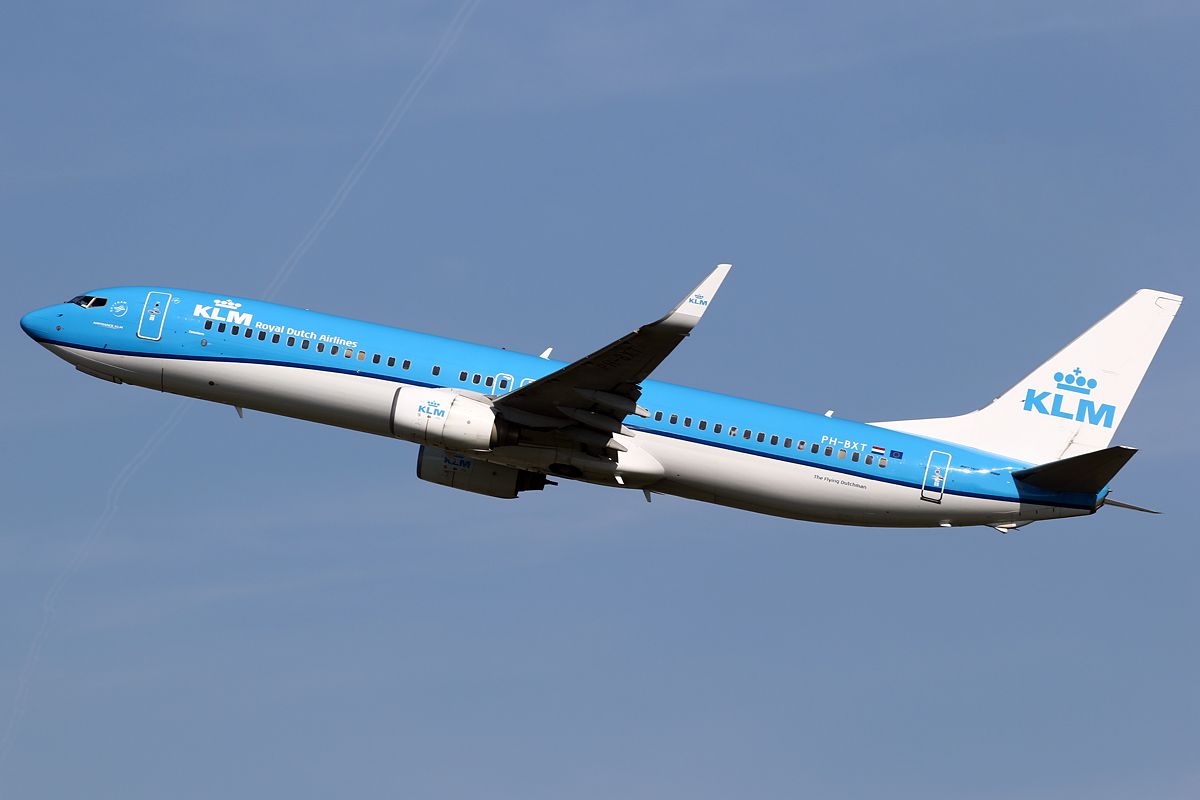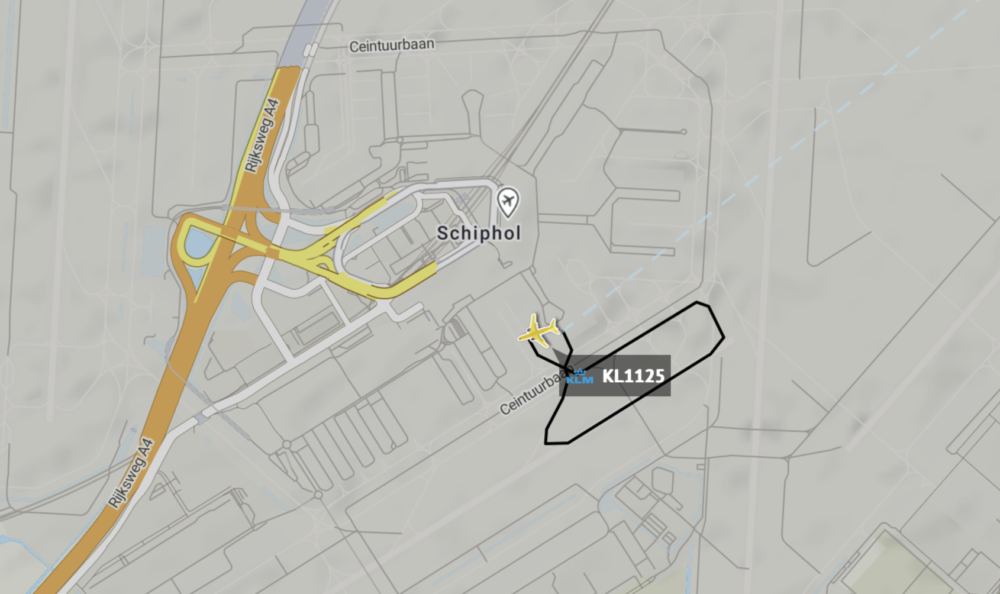Sunday, January 2nd, saw a KLM Boeing 737-900 perform a rejected takeoff at low speed at Amsterdam Schiphol Airport. The decision to reject takeoff was due to indications of an open door. As a result of the aborted departure, the 737 returned to the apron, and the Copenhagen-bound passengers were re-accommodated on a replacement aircraft.
Incident details
The Aviation Herald reports that on January 2nd the crew of a KLM 737-900 rejected takeoff at low speed. The aircraft was set to perform flight KL1125 from Amsterdam (AMS) to Copenhagen (CPH). Taking place at Schiphol, the crew advised ATC that they were taking action due to a door open indication experienced twice.
The flight was scheduled to originally depart at 07:50 local time. Taxiing began just after 08:00 with the aircraft's takeoff roll initiated at around 08:05 on Schiphol's runway 24. Takeoff was aborted after the aircraft had reached a speed of no more than 16kts (roughly 30 miles per hour). With the takeoff rejected, the aircraft, registered PH-BXT, returned to the apron and offloaded passengers.
Aircraft grounded, passengers re-accommodated
A replacement aircraft was sourced to takeover flight KL1125 to Copenhagen. Tasked with this responsibility was a Boeing 737-900 registered PH-BXO. This replacement jet took off safely from Amsterdam at 10:32 local time and reached Copenhagen at 11:43 local time. Considering the flight had an originally scheduled arrival time of 09:10, passengers experienced a delay of roughly two and a half hours.
At the time of this article's publication, the occurrence aircraft remains on the ground in Amsterdam. However, data from FlightRadar24.com indicates that the jet is scheduled to complete flight KL1613 to Istanbul in just a few hours. Milan, Geneva, Dublin, and Budapest are also on the aircraft's list of destinations following Istanbul.
PH-BXT is nearly 18 years old and joined KLM direct from Boeing in May of 2004. The aircraft is configured in an all-economy layout with 189 seats and has been given the nickname "Zeestern." Delivered in 2001, the replacement 737 registered PH-BXO is about 20.5 years old and has the nickname "Plover." This particular jet is one of the few aircraft in the KLM fleet with a SkyTeam livery.
Door open warnings
While indications of an open door can sometimes come down to a faulty sensor or false alarm, pilots must treat them as real indications that a door is indeed open. This is the reason a flight must be aborted, as pressurization at altitude may be an issue.
Due to the mechanics of main cabin doors, it would be near impossible for flight attendants and crews to miss an open door on this level of the aircraft. However, the lack of a proper seal may trigger a warning and indeed lead to problems of cabin pressurization, as experienced with a Rossiya Airbus A319 just over two years ago.
Many real-world open-door incidents tend to involve a cargo door, whether it's the belly hold of a passenger aircraft or the cargo door on the main deck of a freighter.
What do you think of this incident? Share your thoughts by leaving a comment.



